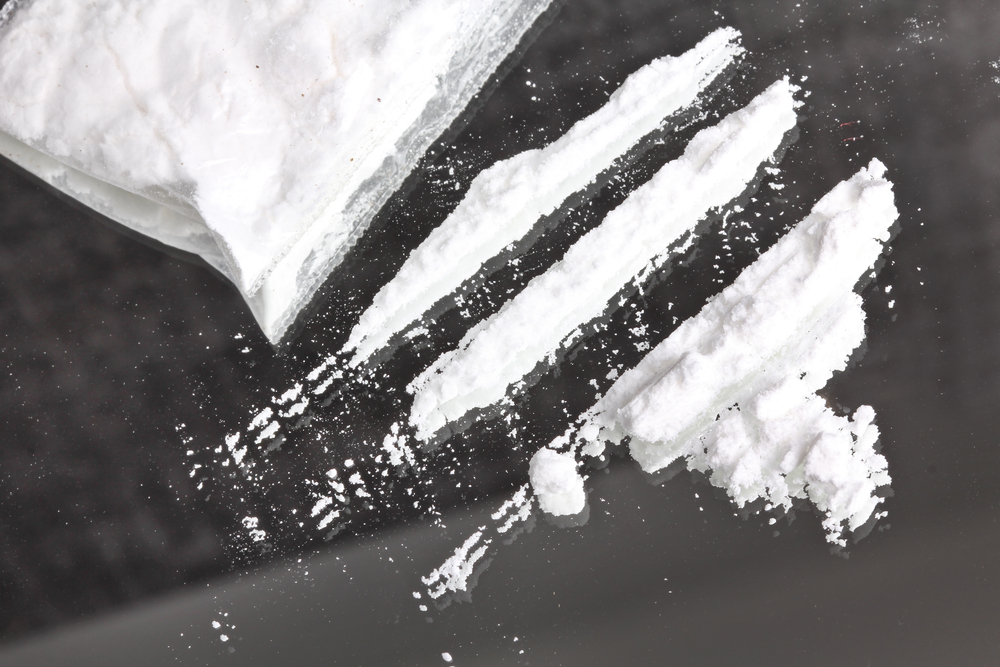Illegal Drugs Are Cheaper, Stronger than Ever

Cocaine, heroin and marijuana have become cheaper and stronger over the past two decades, despite increases in drug seizures by authorities fighting the global illegal drug market, a new study found.
The researchers looked at seven international drug surveillance databases to examine how the purity and price of illegal drugs changed between 1990 and 2009.
In the United States, the average purity of heroin, cocaine and marijuana increased by 60, 11, and 160 percent respectively, between 1990 and 2007, while the prices of these drugs, adjusted for inflation and purity, fell about 80 percent.
Data from Europe and Australia showed similar trends, with decreasing prices and increasing potency of drugs, according to the study published Monday (Sept. 30) in the journal BMJ.
The lower prices and higher purity of these drugs suggest that the illegal drug supply has increased during the past two decades. At the same time, patterns of drug seizures either increased or remained stable.
The findings suggest that "expanding efforts at controlling the global illegal drug market through law enforcement are failing," the researchers said.
The global illegal drug industry is estimated to do about $350 billion in business annually, according to recent United Nations' reports. Health and social concerns associated with illegal drug use include addiction, overdose, HIV transmission and high rates of violence in communities where the trade proliferates.
Sign up for the Live Science daily newsletter now
Get the world’s most fascinating discoveries delivered straight to your inbox.
Several U.N. conventions have been organized in the past decades to control the possession, consumption and manufacture of illegal drugs, and countries have mainly used law enforcement approaches to reduce drug supply. [Breaking Bad: 6 Strange Meth Facts]
Some experts, however, have voiced concerns that the "war on drugs" has been too costly and has not helped reduce addiction. They suggest other methods of drug control should be explored, such as regulating certain drugs, and offering treatment instead of incarceration.
In the study, the researchers found that in the United States, Canada and Mexico, which are the major areas of marijuana cultivation, seizures of cannabis plants increased by 288 percent, from 782,607 kilograms in 1990 to 3.05 million kg in 2007. In North Africa, another major source of marijuana, seizures increased by 208 percent, from 67,930 kg in 1990 to 209,445 kg in 2007.
In cocaine-supplying regions, such as Peru, Bolivia and Colombia, where coca leaf is grown, seizures of cocaine decreased 80 percent, from 97,437 kg in 1990 to 17,835 kg in 2007, but seizures of coca leaf increased 188 percent.
The findings suggest that not only the global supply of illicit drugs has not been reduced, but also that the supply of marijuana and heroin has increased, judging from their higher potency and lower price, the researchers said.
The researchers noted they were not able to include amphetamine-type stimulants and other emerging synthetic substances, using the data they had.
These results have implications for the development of evidence-based drug policies, particularly given the interest in novel drug policy approaches in a number of settings in Latin America, North America and Europe.
The researchers said the findings highlight the need to re-examine the effectiveness of drug control strategies that place a disproportionate emphasis on supply reduction instead of aiming to prevent and treat illegal drug use.
Email Bahar Gholipour. Follow LiveScience @livescience, Facebook & Google+. Original article on LiveScience.

What are mRNA vaccines, and how do they work?
Deadly motor-neuron disease treated in the womb in world 1st









